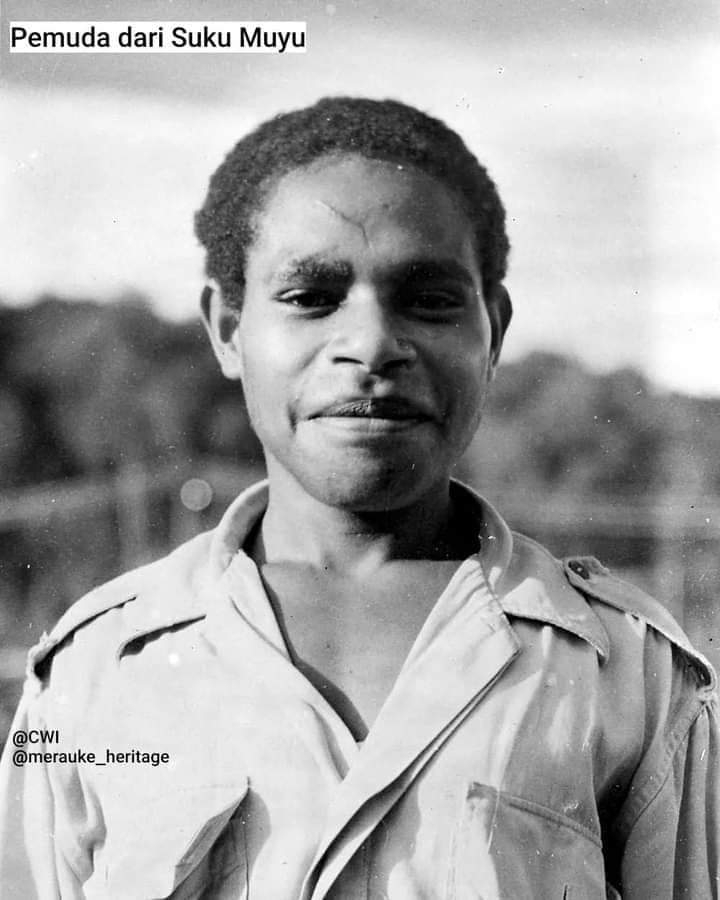1: my great grandpa was born in ETHIOPIA 🇪🇹
2: He married from BOSTWANA 🇧🇼
3: migrated to ANGOLA 🇦🇴
4: Due to challenges he moved to ALGERIA 🇩🇿
5: They welcomed their first son in BENIN 🇧🇯
6: he married second wife in BURKINA FASO 🇧🇫
7:he was a warrior later invited in BURUNDI 🇧🇮
8:But the wàr end up in CAMEROON 🇨🇲
9:End up having a friend from CAPE VERDE 🇨🇻
10: They both went for a trip to "CAR 🇨🇫
11:Later he moved his family to CHAD 🇹🇩
12:And my grandpa was born in COMOROS 🇰🇲
13:his little brother later born, COTE D'IVOIRE 🇨🇮
14: my grandpa was raised in, UGANDA
15:And he attend a school in DR CONGO 🇨🇩
16:He pursue his education in DJIBOUTI 🇩🇯
17: he got his master's ingeenier in EGYPT 🇪🇬
18:his first job in Air MOROCCO 🇲🇦
19:Their first transit in EQUATORIAL GUINEA
20:They second transited in ERITREA 🇪🇷
21:Their last station was GABON 🇬🇦
22:Later went for a vacation in GAMBIA 🇬🇲
23:He meet a lady from GHANA 🇬🇭
24: They end up married in GUINEA 🇬🇳
25: But she's a Graduate from KENYA 🇰🇪
26:Her mother lives GUINEA BISSAU 🇬🇼
27: They Both decided to live in LESOTHO 🇱🇸
30: they went for a trip to LIBERIA 🇱🇷
31:He called up for a new job in LIBYA 🇱🇾
32:But heard about a vacancy in MALAWI 🇲🇼
33:but he turned down all for one in MALI
34:His Assistance from MADAGASCAR 🇲🇬
35: He made a new friend MAURITANIA 🇲🇷
36: He was transferred to MAURITIUS 🇲🇺
37:But not fit, he tried one in MOZAMBIQUE 🇲🇿
38:End up making new home in NAMIBIA 🇳🇦
39:They makes plans to visit NIGER 🇳🇪
40: They were offered a job In NIGERIA 🇳🇬
41:She went for a medical in RWANDA 🇷🇼
42:she used An Air bus from ZAMBIA 🇿🇲
43:Later gave birth to myfarther in SUDAN 🇸🇩
44:they divorce,grandpa went SEYCHELLES 🇸🇨
45:And she Went SENEGAL 🇸🇳
46:She got married again in SOMALIA 🇸🇴
47:He got married in South Africa 🇿🇦
48: my father did nusery in SOMALILAND
49:He went to his Aunt in SWAZILAND 🇸🇿
50:He went to see wild life in TANZANIA 🇹🇿
52 : he married from UGANDA 🇺🇬
53:she's graduate from ZIMBABWE 🇿🇼
54:I was born in SIERRA LEONE 🇸🇱
So no Blàck man is fòreigner in Africa
We are 0ne
Cc: Kly Mohamedd Ali


















